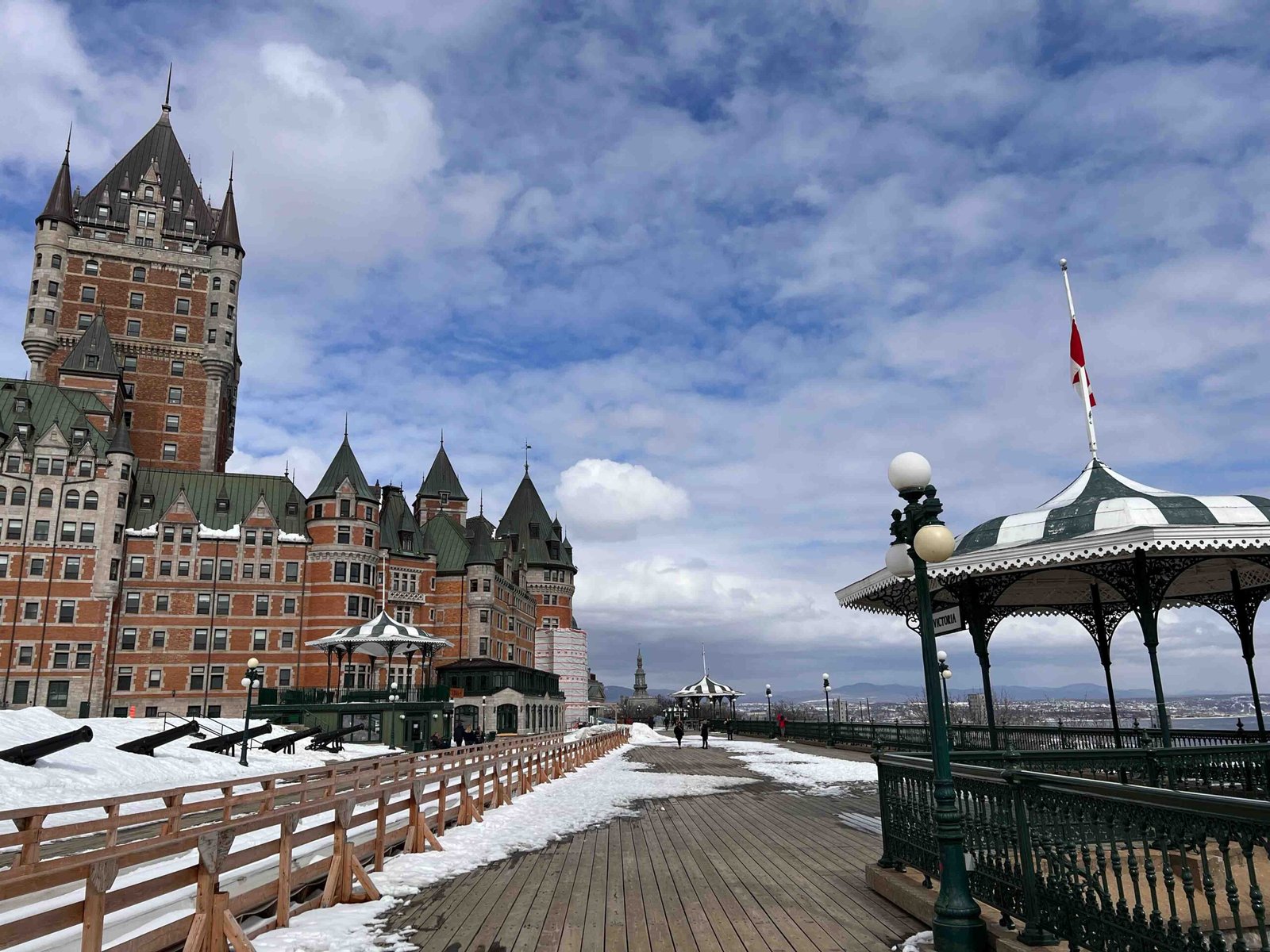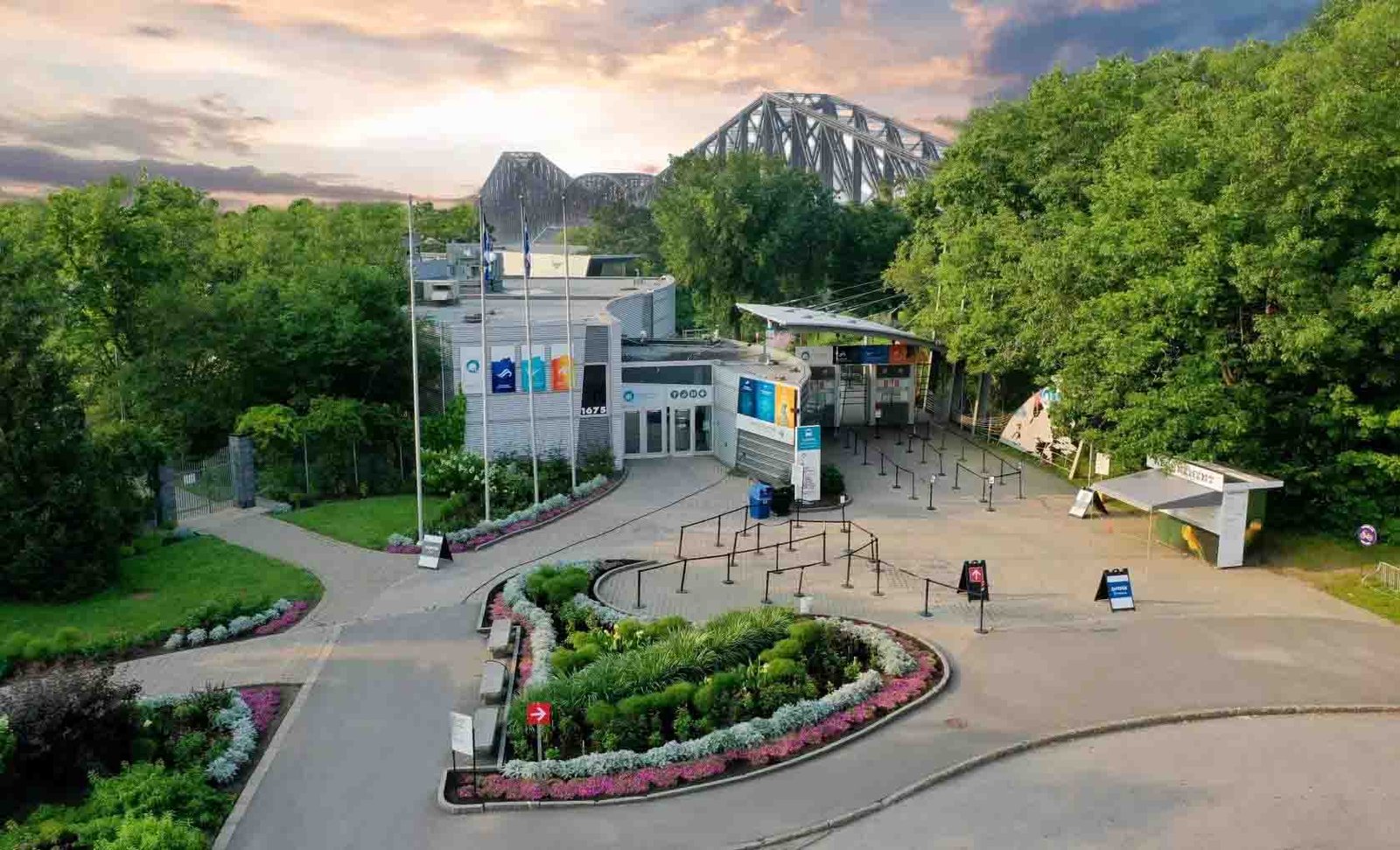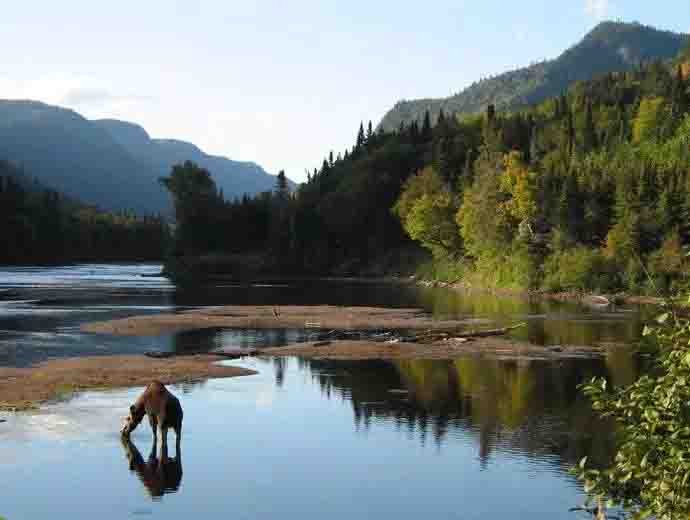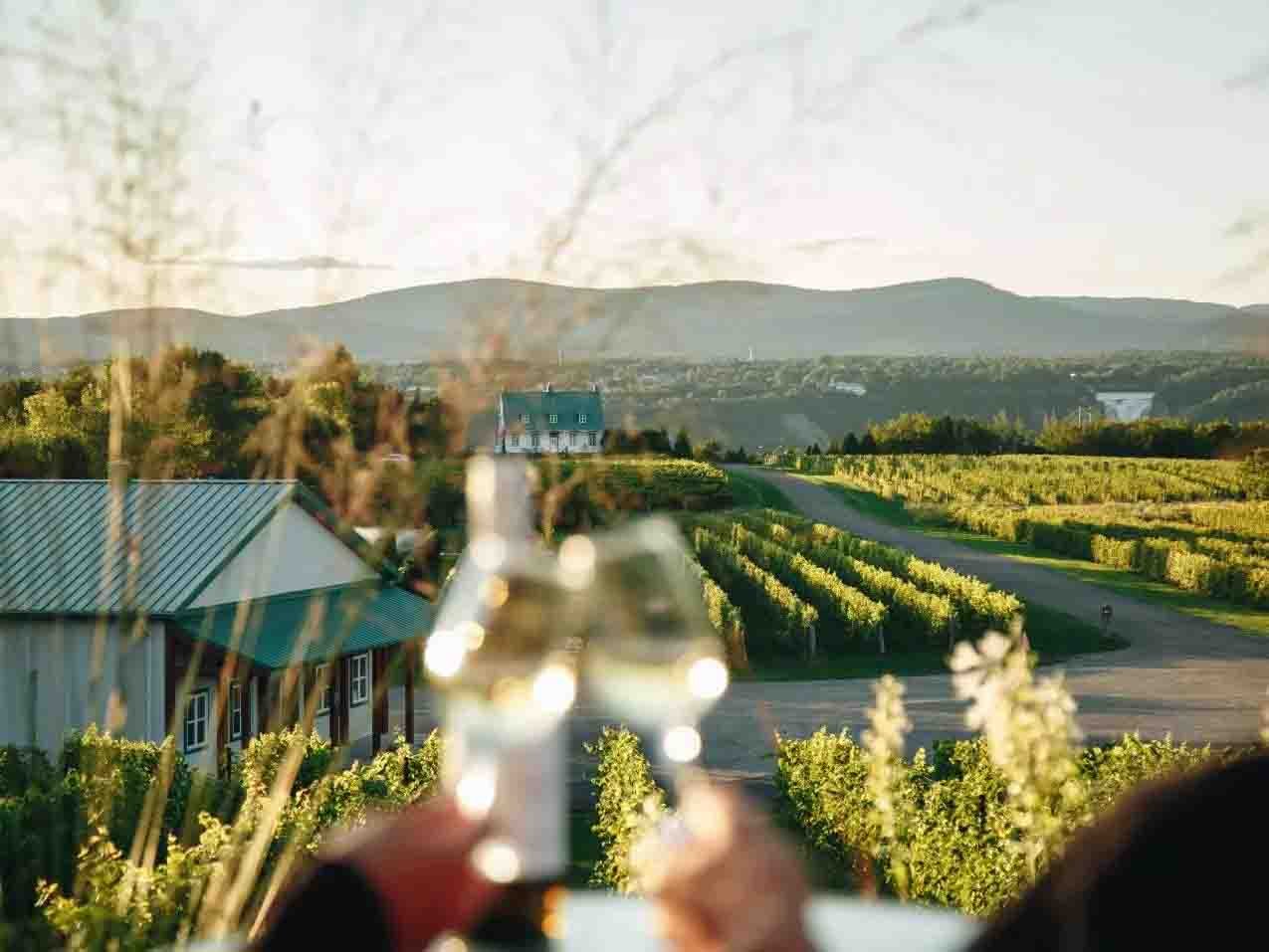Newfoundland and Labrador is a province that is often overlooked, but its population and communities are a fascinating tapestry of cultures and histories. From the Indigenous Peoples who have lived on this land for thousands of years to the diverse range of settlers who have made it their home, Newfoundland and Labrador is a mosaic of people. This article will explore the different communities that make up this province, including their past, present, and future. We will delve into the unique characteristics of each group, highlighting their contributions to the rich cultural fabric of Newfoundland and Labrador.
Introduction to Newfoundland and Labrador’s Population
Newfoundland and Labrador, a province in Canada, is home to a diverse population of people and communities. With a population of just over half a million people, the province has a unique mix of Indigenous peoples, settlers, and immigrants. The province’s population has grown and evolved over time, with waves of immigration from Europe and other parts of the world. In recent years, the province has seen an increase in immigration from countries such as China, India, and the Philippines. Despite this diversity, the population is concentrated in urban areas such as St. John’s, the capital city, and its surrounding suburbs. However, there are also many rural communities scattered throughout the province that contribute to its rich cultural fabric. The province’s population faces challenges such as an aging population and outmigration, particularly among young people seeking better job opportunities. Nonetheless, Newfoundland and Labrador remains a vibrant and dynamic place to live, with a strong sense of community and identity among its residents. As we explore the different facets of Newfoundland and Labrador’s population in this article, we will gain a deeper understanding of the province’s unique history and culture. As of October 1, 2023, the population of Newfoundland and Labrador in Canada was recorded as 540,418.
The Indigenous Peoples of Newfoundland and Labrador
The Indigenous Peoples of Newfoundland and Labrador have a rich history that stretches back thousands of years. There are three distinct Indigenous groups in the province: the Innu, Inuit, and Mi’kmaq. The Innu people have lived in the northern and eastern parts of Labrador for over 7,500 years. They were traditionally semi-nomadic, moving with the seasons to hunt, fish, and gather resources. Today, there are about 2,000 Innu living in Labrador, with many still practicing their traditional way of life. The Inuit people have also lived in Labrador for thousands of years. They are primarily found in the northernmost part of the province and have a strong connection to the land and sea. The Inuit were traditionally skilled hunters and fishermen and continue to rely on these skills today. Finally, the Mi’kmaq people have lived in Newfoundland for over 5,000 years. They were traditionally located along the island’s east coast and relied on fishing and hunting for their livelihoods. Today, there are about 9,000 Mi’kmaq living in Newfoundland and Labrador. Each of these Indigenous groups has its own language, culture, and traditions that have been passed down through generations. While they have faced many challenges throughout history, including colonization and forced assimilation, these communities continue to thrive today and contribute to the diverse mosaic of people and communities that make up Newfoundland and Labrador.
Newfoundland and Labrador’s Settler Communities: Then and Now
Newfoundland and Labrador’s settler communities have a rich and complex history that has shaped the region into what it is today. The first settlers arrived in the 16th century, primarily from England, Ireland, and France, seeking to exploit the abundant natural resources of the area. Over time, these communities developed distinct cultures and traditions that are still evident today.
One notable example is the Irish community in St. John’s, which has had a significant impact on the city’s cultural identity. Many Irish immigrants arrived in Newfoundland during the 19th century to work in the fisheries and other industries. Today, their descendants continue to celebrate their heritage through events such as the St. Patrick’s Day parade and the annual Irish Newfoundland Association festival.
Another important aspect of Newfoundland and Labrador’s settler communities is their relationship with Indigenous peoples. The arrival of European settlers had a profound impact on the region’s Indigenous populations, leading to conflict, displacement, and cultural assimilation. Today, there are ongoing efforts to reconcile these historical injustices and promote greater understanding between settler and Indigenous communities.
In recent decades, Newfoundland and Labrador has become increasingly diverse as new waves of immigrants have arrived from around the world. This has brought new perspectives and experiences to the region, enriching its cultural fabric even further. Despite these changes, however, many of the core values and traditions of Newfoundland and Labrador’s settler communities remain intact, serving as a testament to their enduring resilience and adaptability.
Multiculturalism in Newfoundland and Labrador Today
Multiculturalism is a defining characteristic of Newfoundland and Labrador’s society today. The province has seen a significant increase in immigration over the past decade, particularly in St. John’s, which has become a hub for newcomers. The diversity of cultures is reflected in the numerous cultural events that take place throughout the year, such as the Multicultural Festival, which celebrates the various communities’ unique heritage. The festival features food, music, dance, and traditional dress from around the world. In addition to festivals and events, there are several multicultural organizations in the province that provide support and services to newcomers. One such organization is the Association for New Canadians, which assists immigrants with settlement and integration into Canadian society. Moreover, the province has also implemented initiatives to promote diversity and inclusion. For example, the Diversity and Inclusion Week is an annual event that aims to raise awareness of diversity-related issues and promote respect for all cultures. Despite these positive developments, challenges remain, including addressing systemic racism and discrimination against certain groups. However, overall, multiculturalism has become an essential aspect of Newfoundland and Labrador’s identity today, contributing to its rich cultural tapestry and creating a welcoming and inclusive society for all its residents.
Urbanization and Rural Communities in Newfoundland and Labrador
Newfoundland and Labrador is a province that is divided between urban and rural communities. The capital city, St. John’s, is the largest urban centre in the province, with a population of over 100,000 people. Other urban centres include Corner Brook, Grand Falls-Windsor, and Labrador City. These urban centres have experienced significant growth in recent years, due in part to an increase in job opportunities in industries such as oil and gas, mining, and tourism. However, the majority of the population in Newfoundland and Labrador still live in rural areas.
The rural communities of Newfoundland and Labrador are spread out across the province and are often isolated from one another. These communities have a strong sense of community and are often closely tied to the land and sea. Fishing and hunting are important industries in many rural areas of the province, as well as forestry and agriculture. Many rural communities have faced challenges in recent years due to a decline in traditional industries and an aging population.
Despite these challenges, there are efforts being made to revitalize rural communities in Newfoundland and Labrador. The provincial government has introduced programs aimed at attracting young people to rural areas by offering incentives such as tax breaks and funding for small businesses. There has also been an emphasis on developing ecotourism as a way to create new job opportunities in rural areas.
Overall, the division between urban and rural communities in Newfoundland and Labrador is a complex issue that requires careful consideration. While urban centres offer job opportunities and access to services, rural communities have a unique culture and way of life that should be preserved and celebrated.
The Future of Newfoundland and Labrador’s Population
The future of Newfoundland and Labrador’s population is uncertain. The province has seen a decline in its population in recent years due to outmigration and an aging population. This trend is expected to continue unless steps are taken to attract and retain more people, particularly young people and families. The government has implemented several initiatives to address this issue, including the Atlantic Immigration Pilot Program, which aims to bring skilled immigrants to the region, and the Provincial Nominee Program, which allows the province to nominate individuals for permanent residency based on their skills and experience. However, more needs to be done to make the province an attractive place to live and work. This includes investing in infrastructure, creating job opportunities, improving healthcare services, and promoting the unique culture and lifestyle that Newfoundland and Labrador has to offer. There is also a need to address the growing urban-rural divide in the province, with many rural communities struggling to maintain their populations and economic viability. Encouraging small business development and diversifying the economy beyond traditional industries such as fishing and oil could help to create more opportunities in these areas. Overall, the future of Newfoundland and Labrador’s population depends on the province’s ability to adapt and innovate in a rapidly changing world.
Conclusion: The Rich Tapestry of Newfoundland and Labrador’s People
In conclusion, the people of Newfoundland and Labrador form a rich tapestry of diverse cultures, traditions, and histories. From the Indigenous peoples who have inhabited the land for thousands of years to the settlers who arrived in the 16th century, each group has left their mark on the province’s culture and heritage. Today, Newfoundland and Labrador is a multicultural society that celebrates its diversity through festivals, events, and community initiatives. The urban centres like St. John’s and Corner Brook are home to a diverse range of ethnic communities from around the world, including Chinese, Indian, and Filipino. Meanwhile, rural areas continue to thrive with strong fishing and agricultural communities. The future of Newfoundland and Labrador’s population is also promising as immigration continues to bring new cultures and perspectives to the province. However, there are also concerns about the aging population and outmigration from rural areas. Despite these challenges, the people of Newfoundland and Labrador remain resilient, resourceful, and proud of their unique identity. The rich tapestry of cultures in this province is something to be celebrated and cherished for generations to come.
As we have seen, Newfoundland and Labrador is a diverse and fascinating place, with a rich history and a vibrant present. From the Indigenous peoples who have lived here for thousands of years to the many different communities that have settled here over the centuries, this province truly is a mosaic of people and cultures. As we look to the future, it will be important to continue to celebrate and honour this diversity, while also working to address the challenges facing different communities across the province. Whether in urban or rural areas, whether Indigenous or settler, whether long-established or newly arrived, everyone who calls Newfoundland and Labrador home has a unique story to tell. And it is these stories that make this province such a special and interesting place to live and visit. As we move forward, let us continue to learn from each other, celebrate our differences, and work together to build a brighter future for all.
Population in province:
Alberta, British Columbia, Manitoba, New Brunswick, Newfoundland and Labrador, Nova Scotia, Ontario, Prince Edward Island, Quebec, Saskatchewan






Pingback: Population in Manitoba, Canada – Things to do in Canada
Pingback: Population in city Ottawa, province Ontario – Things to do in Canada